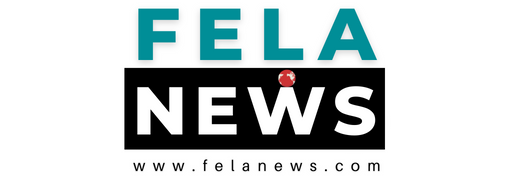In the wake of escalating tensions in the Middle East, with Hezbollah firing artillery and rockets in solidarity with Palestinians amid Israel’s airstrikes on Gaza, it’s crucial to comprehend the nature and objectives of Hezbollah. Here’s a look at the group:
What is Hezbollah?
Hezbollah, meaning “Party of God,” is a Shia armed and political organization backed by Iran. It was established in 1982 with the primary goal of combating Israel’s occupation of southern Lebanon. Emerging from armed groups formed by Iran’s Islamic Revolutionary Guard Corps after Israel’s invasion of Lebanon in 1982, Hezbollah is considered one of Israel’s principal adversaries in the region.
As of 2021, Hezbollah’s leader, Hassan Nasrallah, claimed the group had 100,000 fighters. Hezbollah boasts precision rockets and claims the ability to target all parts of Israel. The United States estimates that Iran has allocated hundreds of millions of dollars annually to Hezbollah.
Within Lebanon’s sectarian political system, Hezbollah is one of the most influential political blocs, commanding the support of a substantial portion of the Shia population. Due to its extensive political and military network, Hezbollah is often referred to as “a state within a state.”
Why was Hezbollah Formed and What Are Its Aims?
Hezbollah initially launched a sustained campaign against Israeli forces in Lebanon and carried out attacks on Israeli civilians in other countries. The group’s defining moment came when Israeli forces unilaterally withdrew from southern Lebanon in 2000 after nearly two decades of conflict. This prompted Hezbollah to declare itself the first Arab army to compel Israel to relinquish control over territory.
Hezbollah’s manifesto, issued after its formation, outlines its ideology and objectives, including defeating Israel and expelling Western colonialist entities from the Middle East.
Has Hezbollah Clashed with Israel Before?
In a cross-border raid in July 2006, Hezbollah captured two Israeli soldiers, hoping to secure a prisoner swap. Israel responded militarily, resulting in a 34-day war known as the July War. The conflict ended inconclusively, with both sides suffering casualties, but Hezbollah’s leader, Nasrallah, claimed it as a success, as the group withstood Israel’s superior forces.
How Is Hezbollah Different from Hamas?
While both Hezbollah and Hamas share the goal of armed resistance against Israel, they are distinct entities.
Hezbollah is a Lebanese organization with significant political influence, while Hamas is a Palestinian group formed in Gaza in 1987. Hamas primarily controls the Gaza Strip after winning elections in 2006. Despite their differences in origin and geographical focus, both groups oppose Israel’s actions and seek to resist its presence in the region.
Hezbollah expressed solidarity with Hamas following a recent attack on Israel, highlighting their common stance against Israeli occupation and those seeking normalization with Israel.
What Lies Ahead for Hezbollah and the Region?
With the recent exchange of fire between Israeli and Hezbollah fighters and the potential for a broader conflict, the Middle East faces increased instability. Palestinian groups, including Hamas, Fatah, and the PFLP, play various roles in Lebanon, residing primarily in Palestinian refugee camps.
Hezbollah is designated as a “terrorist organization” by the United States and other Western countries, while the European Union classifies its military wing as such but not its political wing.
In Lebanon, Hezbollah has both political representation and military power, which has generated ongoing political tension within the country. The group’s influence in Lebanese politics has grown significantly over the years, with Hezbollah-backed politicians attaining key positions.
For more updates stay tuned to FELA News!
Source: AlJazeera





